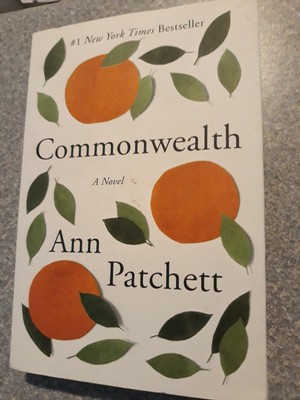
Cousins fantasizes about Fix’s wife Beverly while he juices with Fix, who asks him to go check on his baby Franny. After Fix returns from a brief errand to get ice, Cousins is in the kitchen with Fix’s wife Beverly, juicing oranges to mix with the gin the alcohol shifts the tenor of the party, which goes on for hours. Cousins came to the party to escape his pregnant wife and three children.


A district attorney, Albert (aka Bert, aka Cousins) heard about the party from a friend he has in common with Fix, a policeman (the friend being a former policeman who’s now a DA). Albert Cousins arrives uninvited with a bottle of gin. Despite the fact that in most of the chapters the tragedy is an event that happened in the past, finding out what actually happened is in large part what provides the narrative momentum that propels the reader forward.įranny Keating’s christening party at Fix and Beverly Keating’s house in Los Angeles, 1964. The episodic chapters are not in chronological order, forcing the reader to gradually put together what happened in the tragedy, which essentially functions as the chronic tension for all the episodic chapters except the first. As an adult, one goes on to tell the story of the tragedy to her lover, a famous novelist who writes a book based on it called Commonwealth, the release of which forces certain characters to reckon with the past. When one of them dies in a tragedy as a teenager, the other siblings lie about their involvement in what happened. More specifically, this novel is about two people who leave their spouses for each other, creating a group of six stepsiblings. (Patchett doesn’t write short stories the novel is her form.) There was also discussion of whether the episodic chapters could function in a way as short stories Patchett was adamant that while there might be similarities, they are chapters that ultimately can only work together. When Patchett came to Houston this past October to read with Lauren Groff for the Inprint reading series, she said Commonwealth was about divorce, an interesting complement to Groff, who said her novel Fates and Furies was about marriage. Patchett handles this daunting time span episodically each of her nine chapters is set in a different time and place, providing an anchoring scene that exposition is then threaded into with a light touch, covering, minimally, the things that happened between chapters. Her newest novel Commonwealth (2016) is no less ambitious in terms of perspective, but even more ambitious in covering a span of roughly fifty-five years rather than just several months.


Ann Patchett has more than proven herself a master of the omniscient perspective that seamlessly interweaves the interior lives of an ensemble cast see Bel Canto (2001) and State of Wonder (2011).


 0 kommentar(er)
0 kommentar(er)
